Charts
A chart is a visual representation of data in the form of graphs, diagrams, or tables. Charts are used to make data easier to understand and analyze, and they are commonly used in various fields such as business, science, and education.
Types of Charts
There are several types of charts commonly used to represent different types of data:
- Bar Charts: Bar charts represent data using rectangular bars of varying lengths. They are used to compare different categories of data.
- Line Charts: Line charts display data as points connected by lines. They are often used to show trends over a period of time.
- Pie Charts: Pie charts represent data as a circle divided into segments, with each segment representing a proportion of the whole.
- Scatter Plots: Scatter plots display individual data points on a graph to show the relationship between two variables.
- Histograms: Histograms are similar to bar charts but are used to represent frequency distributions of continuous data.
How to Read a Chart
When reading a chart, it's important to understand the following elements:
- Title: The title of the chart provides information about the data being represented.
- Axis Labels: The x-axis and y-axis labels indicate the categories or values being compared in the chart.
- Legend: The legend explains the meaning of different colors or symbols used in the chart.
- Data Points: Data points represent specific values or categories in the chart.
How to Create a Chart
To create a chart, follow these steps:
- Choose the Right Chart Type: Select the appropriate chart type based on the type of data you want to represent.
- Organize Your Data: Arrange your data in a clear and organized manner, with labels and categories if necessary.
- Select a Tool: Use a software tool such as Microsoft Excel, Google Sheets, or a charting library to create your chart.
- Input Your Data: Input your data into the charting tool and customize the chart as needed.
- Label Your Chart: Add a title, axis labels, and a legend to make your chart easy to understand.
Study Guide
Here are some key points to remember when studying charts:
- Understand the different types of charts and when to use each type.
- Learn how to read and interpret charts, including understanding titles, axis labels, legends, and data points.
- Practice creating charts using software tools and organizing data effectively.
- Explore real-world examples of charts in different fields to understand their practical applications.
By mastering the concepts of charts, you will be able to effectively analyze and present data in a visual format, making it easier for others to understand and draw insights from the information.
[Charts] Related Worksheets and Study Guides:
.◂Math Worksheets and Study Guides Fourth Grade. Calendar
Study Guide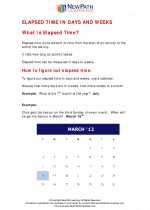 Calendar
Calendar  Activity Lesson
Activity Lesson Calendar Calculations
Calendar Calculations  Activity Lesson
Activity Lesson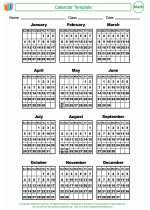 Calendar Template & Yearly Activities
Calendar Template & Yearly Activities  Activity Lesson
Activity Lesson February Calendar
February Calendar  Activity Lesson
Activity Lesson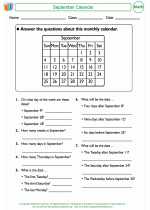 September Calendar
September Calendar  Activity Lesson
Activity Lesson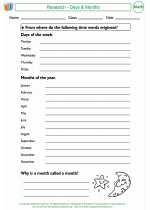 Research - Days & Months
Research - Days & Months  Activity Lesson
Activity Lesson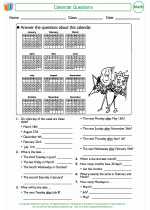 Calendar Questions
Calendar Questions  Worksheet/Answer key
Worksheet/Answer key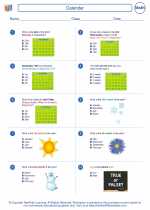 Calendar
Calendar  Worksheet/Answer key
Worksheet/Answer key Calendar
Calendar  Worksheet/Answer key
Worksheet/Answer key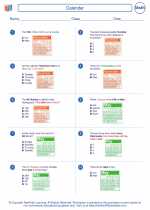 Calendar
Calendar 

 Activity Lesson
Activity Lesson
 Activity Lesson
Activity Lesson
 Activity Lesson
Activity Lesson
 Activity Lesson
Activity Lesson
 Activity Lesson
Activity Lesson
 Activity Lesson
Activity Lesson
 Worksheet/Answer key
Worksheet/Answer key
 Worksheet/Answer key
Worksheet/Answer key
 Worksheet/Answer key
Worksheet/Answer key

The resources above cover the following skills:
Knowledge of Measurement: Students will identify attributes, units, or systems of measurements or apply a variety of techniques, formulas, tools, or technology for determining measurements.
Applications in Measurement: Apply measurement concepts.
Determine start time, elapsed time and end time (Assessment limit: Use hour and half hour intervals).